
In 2007, the United States was presented with a frightening fact: managed honey bee populations were dying off at an alarming rate, raising the specter of a future compromised by crop failures and food shortages. The headlines have faded, but the crisis endures, with honey bee colonies failing at an average rate of 29% each year since 2006. Last year was one of the worst years on record, with a die-off of 38%. In fact, bee loss is a worldwide problem and is not limited to honey bees.
Of the world’s quarter of a million flower and seed-producing plant species, between 78% and 94% require pollinators to move pollen, which contain male sex cells, to female receptors for fertilization. Of these pollinators — bees, flies, wasps, butterflies, and other animals — bees are the most important and critical to plant diversity and ecological stability. They pollinate approximately 30% of the food we eat. Here are 20 crops that would be most affected if bees disappeared.
It is critical that we learn the causes of bee loss and take action to slow bee population decline and assure future pollinator health. Since the first major bee die-offs came to light during the winter of 2006-2007, much has been done to understand the phenomenon. The honey bee loss, dubbed colony collapse disorder, and the decline in other bee populations is now known to be caused by a variety of factors, including pesticide use, loss of habitat, various parasites and vectors, climate change, and more. 24/7 Tempo has reviewed different sources to list the greatest threat to U.S. bee populations.
Many of the contributing factors are associated with industrial agriculture, a relatively new paradigm whereby small, diverse farms were replaced, largely beginning in the 1970s, with large scale, single-crop agricultural operations, known as monocultures. These immense farms decrease bee habitat, reduce ecological diversity, and employ huge amounts of pesticides, all of which are detrimental to bee survival. And because wild bees cannot pollinate such vast industrial farms, farmers have come to rely on managed honey bee populations, reducing bee diversity.
With the understanding of the role that current agricultural practices play in the decline of bees, farmers are looking for new ways to maintain healthy bee populations, by, for example, creating “islands” of good, diversely planted, bee habitat within the farm confines. Here are some things everyday people can do to help honey bees and pollinators.
There is also a movement toward ecological farming, which relies on organic farming methods and the elimination of pesticides.
Click here to see the biggest threats to bees in America.

1. Climate change
Climate change encompasses many different issues, but it is the rising temperature itself that is a significant threat to bees. A recent study conducted by Northwestern University in Arizona found that mason bees that were exposed to warmer temperatures in their nests, meant to mimic future climate conditions, died off at an unnatural rate — 35% in the first year of the experiment and 70% in the second. Other research has shown that unlike other animals, bees fail to adapt and move north as temperatures rise, resulting in significant habitat loss.
Another climate problem is that the synchronization between plant flowering and bee activity can be thrown off as flowers bloom earlier each year. According to Greenpeace, citing an academic analysis, 17% to 50% of pollinators will suffer from changes in plant flowering patterns, resulting in the extinction of some pollinator and some plant species.
[in-text-ad]

2. Insecticides
Insecticides, by definition, are designed to destroy insects. Insecticides and some pesticides are now believed to be an important factor in recent dramatic reductions in bee populations, with commonly used chemicals either slowly killing bees or changing bee behavior in ways that threaten their survival. Their otherwise symbiotic relationship with flowers can be deadly when the seeds of the plant have been treated with systemic pesticides such as neonicotinoids, known to be toxic to bees.
Even when bees are not subjected to the high doses applied to the crops, they can be affected by non-lethal doses. And the exposure does not need to be direct. Bees may come into contact with pesticide chemicals that have drifted into bee nesting or foraging areas. Impacts from non-lethal doses include physical malformation, interference with bees’ facility in navigation and foraging, harm to bees’ ability to learn, and reduced resistance to bee parasites and disease.
Despite success in banning some pesticides, the EPA continues to register pesticides whose toxicity to bees is acknowledged.
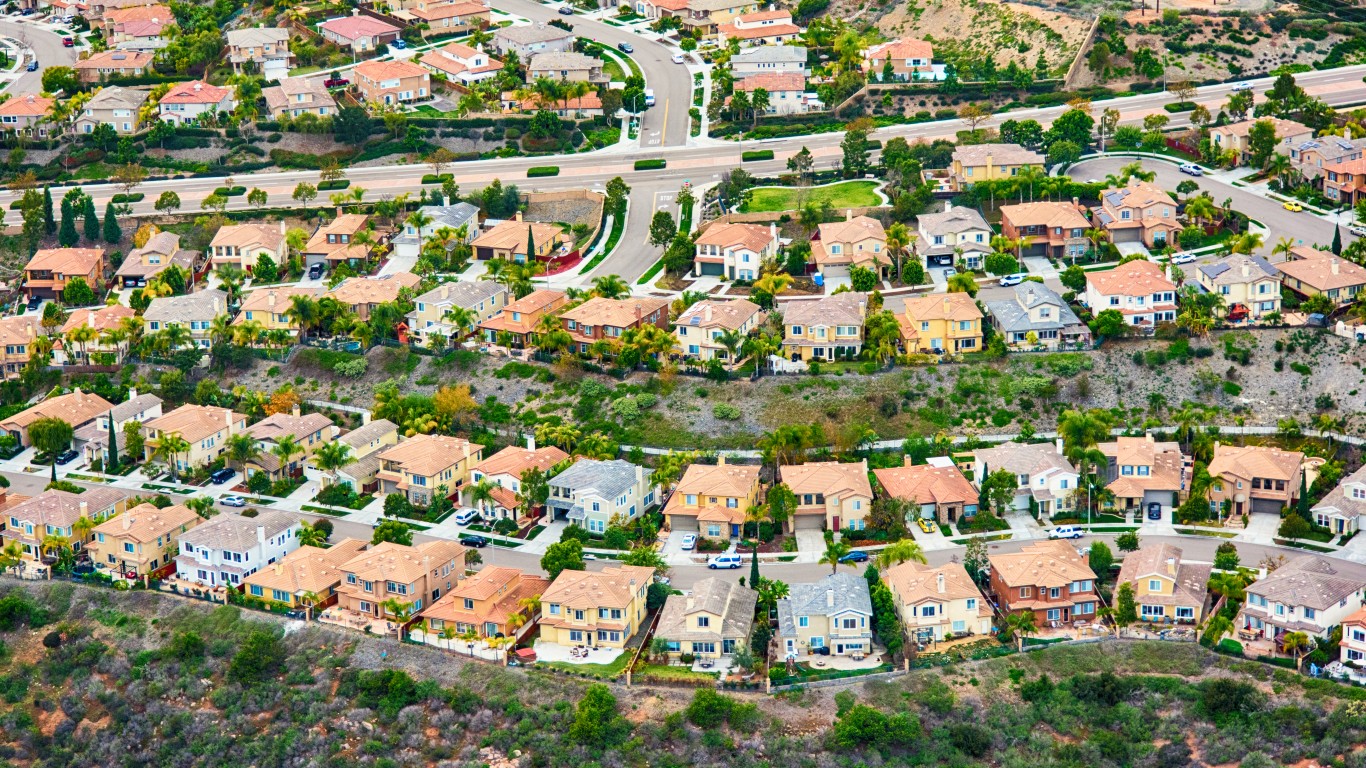
3. Habitat loss
Like all animals, bees have specific habitat needs, requiring territory that allows for protective overwintering and provides dwelling opportunities and food supplies. Agriculture, extractive industries, suburban sprawl, and climate change are increasingly causing habitat loss, degradation, and fragmentation. As natural bee habitat shrinks, so do bee populations.
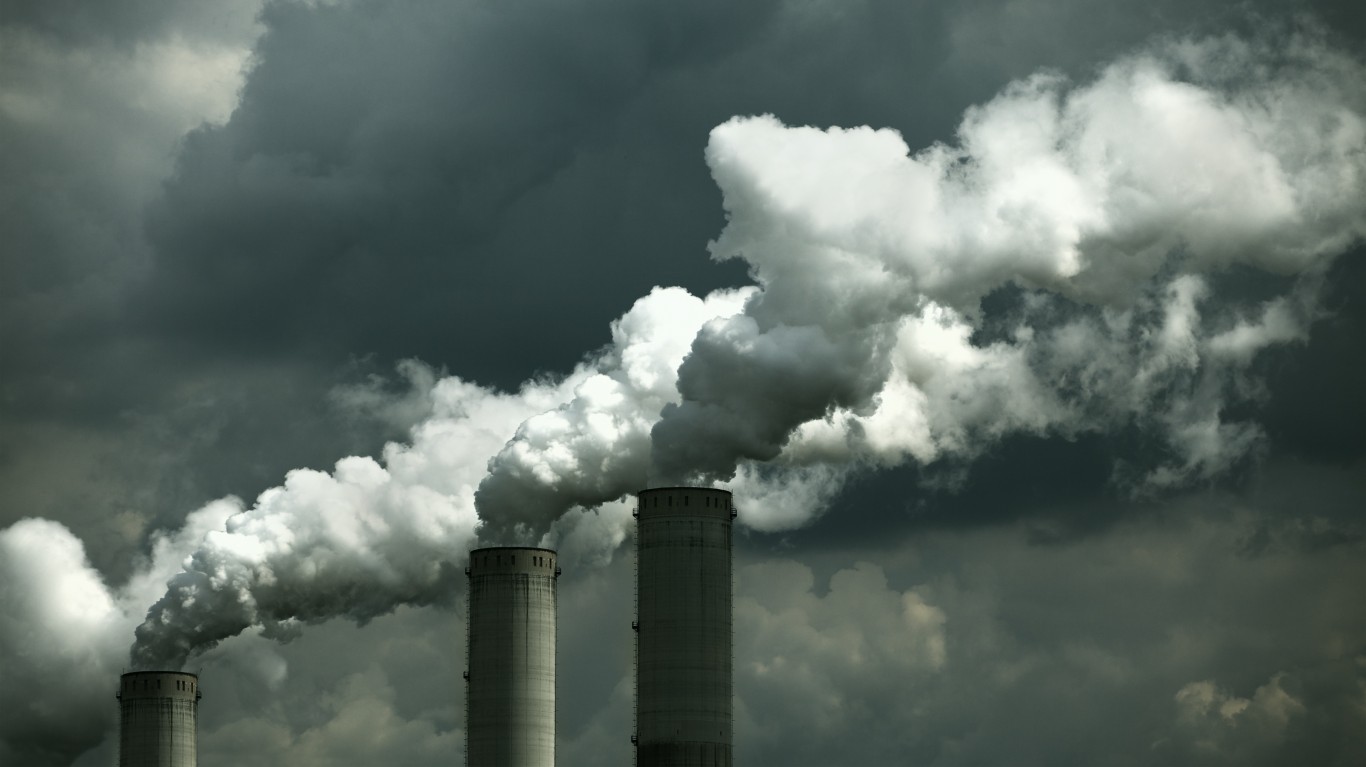
4. Pollution
Air pollution breaks down the scent molecules of plants, confusing bees as to the source of the flower scent and the distance away, greatly reducing the bees’ ability to forage for food. In one study, just a small increase of 20% in ground level ozone in the air increased the time it took bees to find a scent from 10 minutes to 180 minutes. Ground level ozone is a gas produced from a combination of two other pollutants, nitrogen oxides, which are emitted when fossil fuels are burned, and volatile organic compounds, which come from automobile emissions, pesticides, and many consumer products such as paint and cleaners.
[in-text-ad-2]
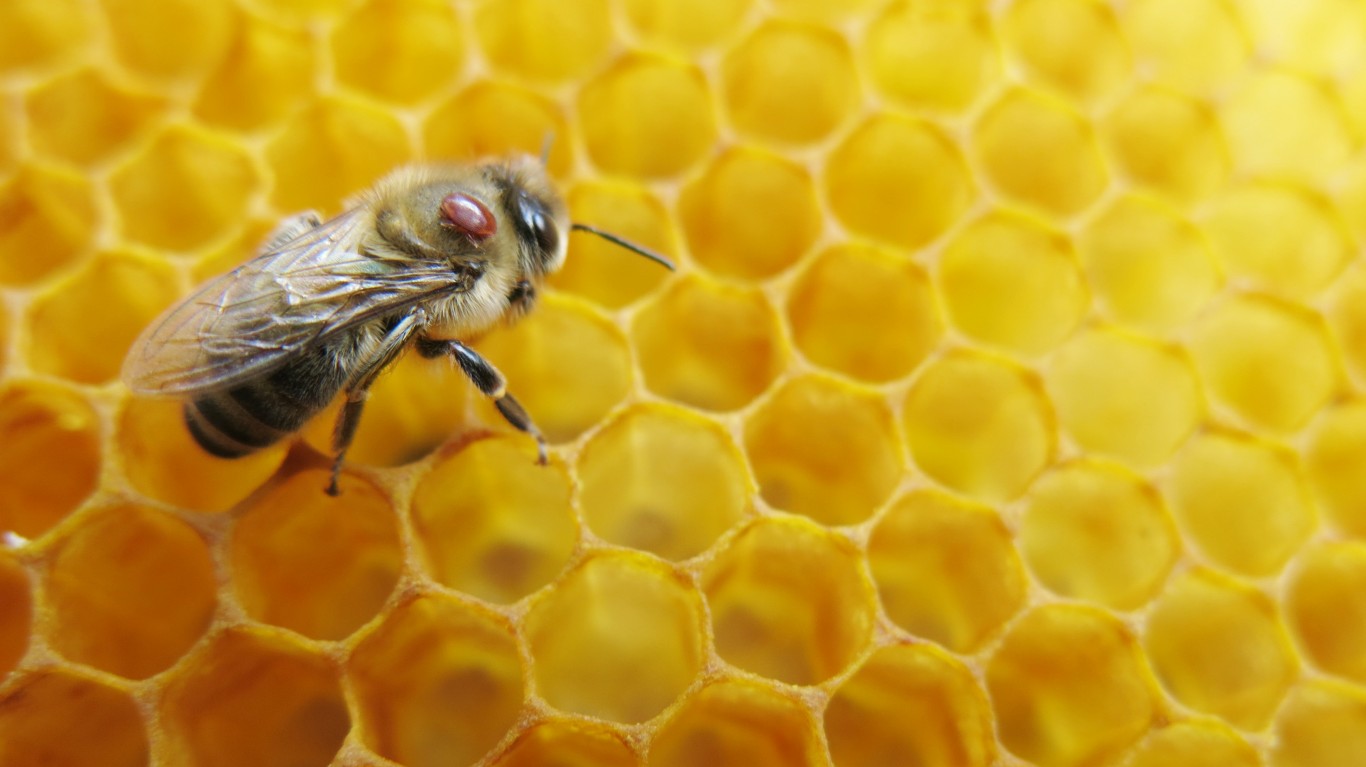
5. Pests
Tiny parasitic mites are a major threat to bee health, most prominently the varroa mite, which feeds on bee blood, harming individual bees and potentially introducing disease to the colony and neighboring colonies. Other common bee mites live inside a bee’s trachea and can affect the health of an entire colony.
A more visible bee pest is the wax moth, which lays its eggs on honeycomb. The moths themselves are not a threat, as they do not feed at all during their short two or three week lifespans. It is the larvae emerging from the moth eggs that cause harm, burrowing into honeycombs to eat beeswax, pollen, and bee waste, and damaging the hive, particularly in brood comb where the harm can result in deformed bees.

6. Disease
Bees suffer from a number of fungi, bacteria, and virus caused diseases. A particularly deadly and virulent threat is American foulbrood, a bacterium-caused disease that is highly contagious and easily transferred to other colonies by bees foraging the honey of a dying hive. Antibiotics are ineffective over time, so infected colonies must be destroyed.
There are over 30 viruses that can infect a bee colony, and there is no medical treatment for any of them. Because the viruses are mainly introduced by mites, eliminating bee mite populations can reduce infections.
[in-text-ad]

7. Loss of biodiversity
A recent German study demonstrated what has long been assumed: bees thrive where there is plant diversity. Conversely, bees produce fewer offspring and smaller colonies in monoculture environments. Other studies have proven that bee larvae flourish better when fed a variety of plant pollens.
A lack of diverse habitat also leads to reduced diversity in the world’s bee populations. With climate change and changes in land use — primarily sprawl and growth of industrial agriculture — some species die off or decline. This is of concern because the world’s food supply depends on bee diversity, as different types of bees are more effective pollinators than others, depending on the plants they service. Studies have also shown that pollination by diverse species increases crop production and health.
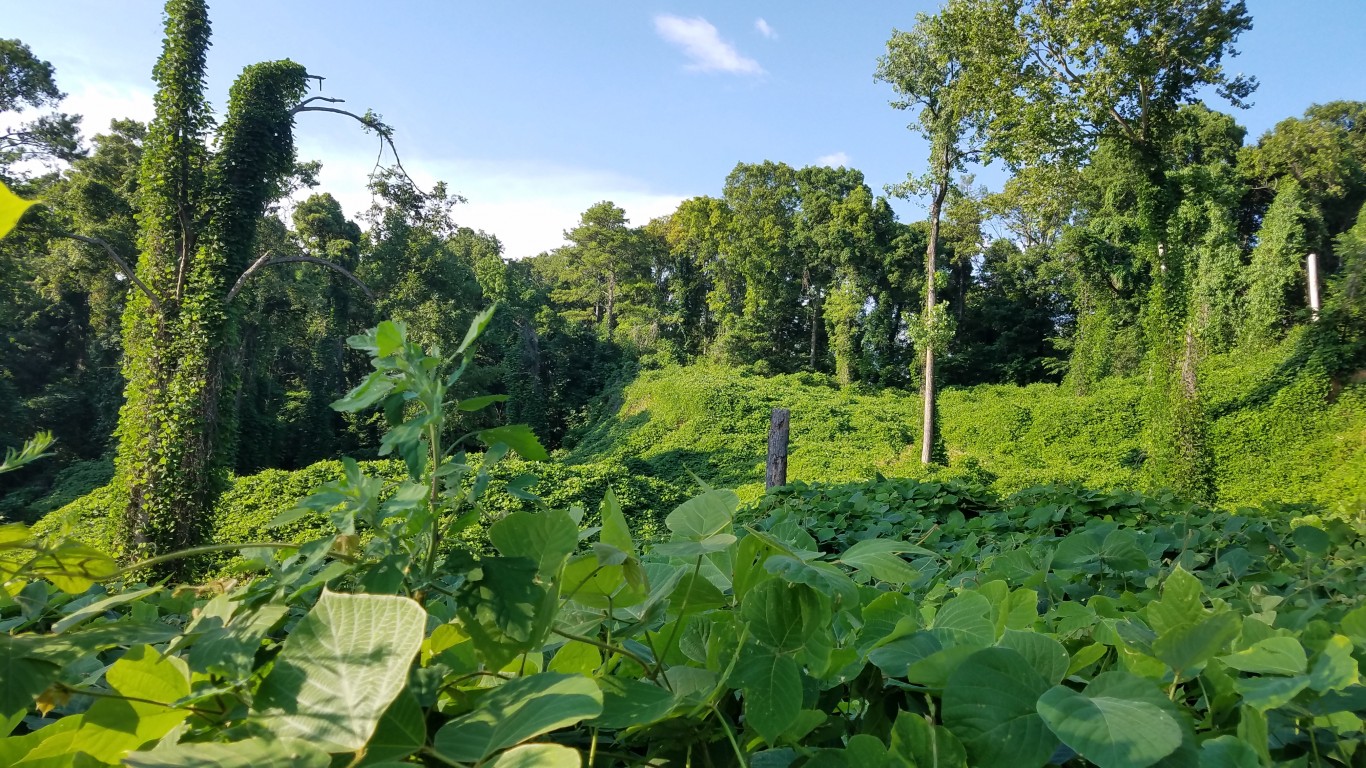
8. Invasive species
Invasive species bring with them particular means of bee habitat degradation. Foreign plants can crowd out the plants that bees rely on for food. They may also compete with native flora, attracting bees without providing necessary nutrition.
It is also possible for invasive pollinators to compete with native bees for forage and nesting space without providing the same quality of pollination. They may also bring with them new threats to native bee health in the form of disease and parasites.
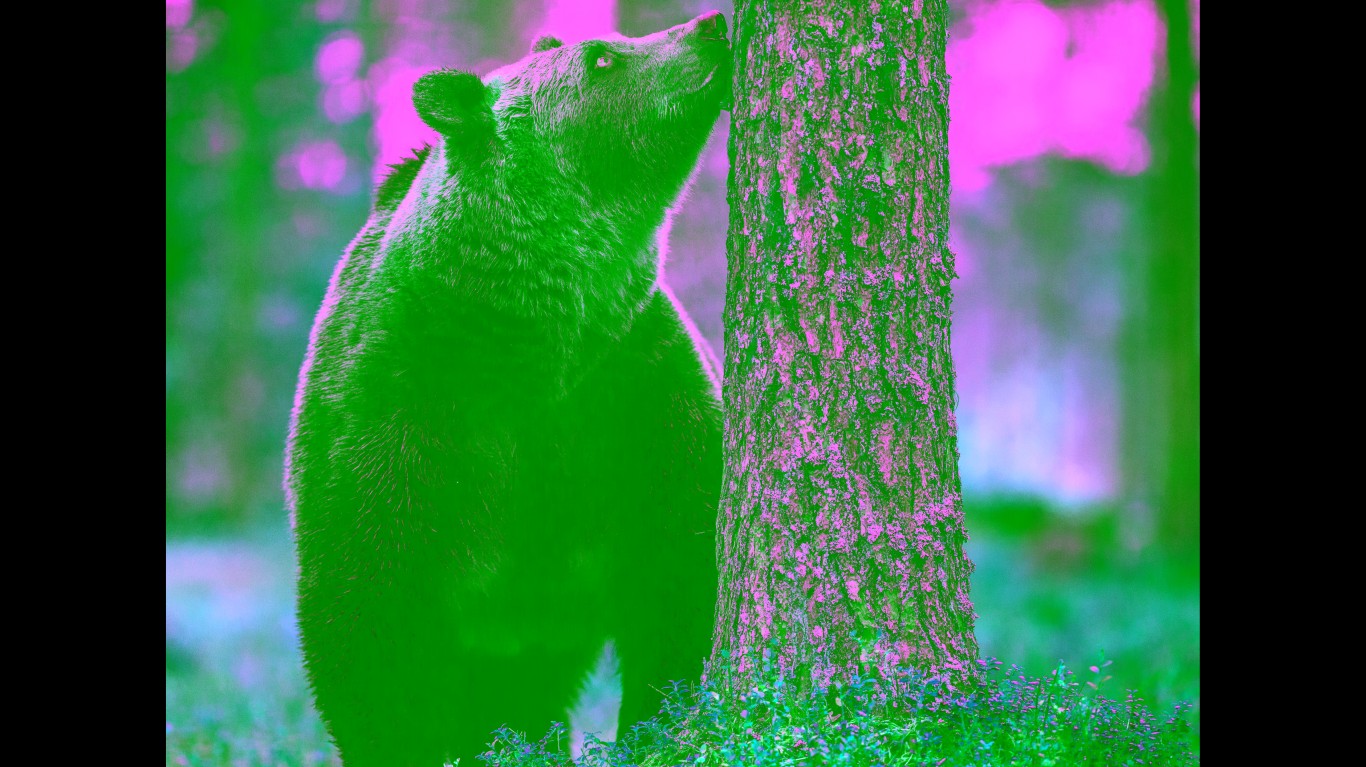
9. Bears
Thanks to literature’s most famous honey lover, Pooh, most of us learned at an early age that bears crave honey. And they do, often breaking apart and eating whole hives, including the bee brood inside. Though bears are not a threat everywhere, their territories are growing as preservation efforts have expanded their populations and range.
The environmental group NRDC has helped farmers and bears get along in its Montana preserves by building electric fences around bee hives. Defenders of Wildlife, which also has an interest in protecting both bears and bees, incentivizes, through subsidies, the building of electric fencing.
[in-text-ad-2]

10. Mice
For most of the year, mice are not a serious threat to bees. If they are tempted to enter a hive in search of food they will be stung, sometimes to death. But when the weather turns cold, bees remain clustered in a small part of the hive, leaving honey and pollen available to hungry mice, who are able to chew through the wax of the combs. In the spring, bees are able to repair the damage in many cases, but sometimes the destruction kills the colony. The stench of the waste left by mice can also force the bee colony to abandon the hive.
100 Million Americans Are Missing This Crucial Retirement Tool
The thought of burdening your family with a financial disaster is most Americans’ nightmare. However, recent studies show that over 100 million Americans still don’t have proper life insurance in the event they pass away.
Life insurance can bring peace of mind – ensuring your loved ones are safeguarded against unforeseen expenses and debts. With premiums often lower than expected and a variety of plans tailored to different life stages and health conditions, securing a policy is more accessible than ever.
A quick, no-obligation quote can provide valuable insight into what’s available and what might best suit your family’s needs. Life insurance is a simple step you can take today to help secure peace of mind for your loved ones tomorrow.
Click here to learn how to get a quote in just a few minutes.
Thank you for reading! Have some feedback for us?
Contact the 24/7 Wall St. editorial team.
 24/7 Wall St.
24/7 Wall St.


